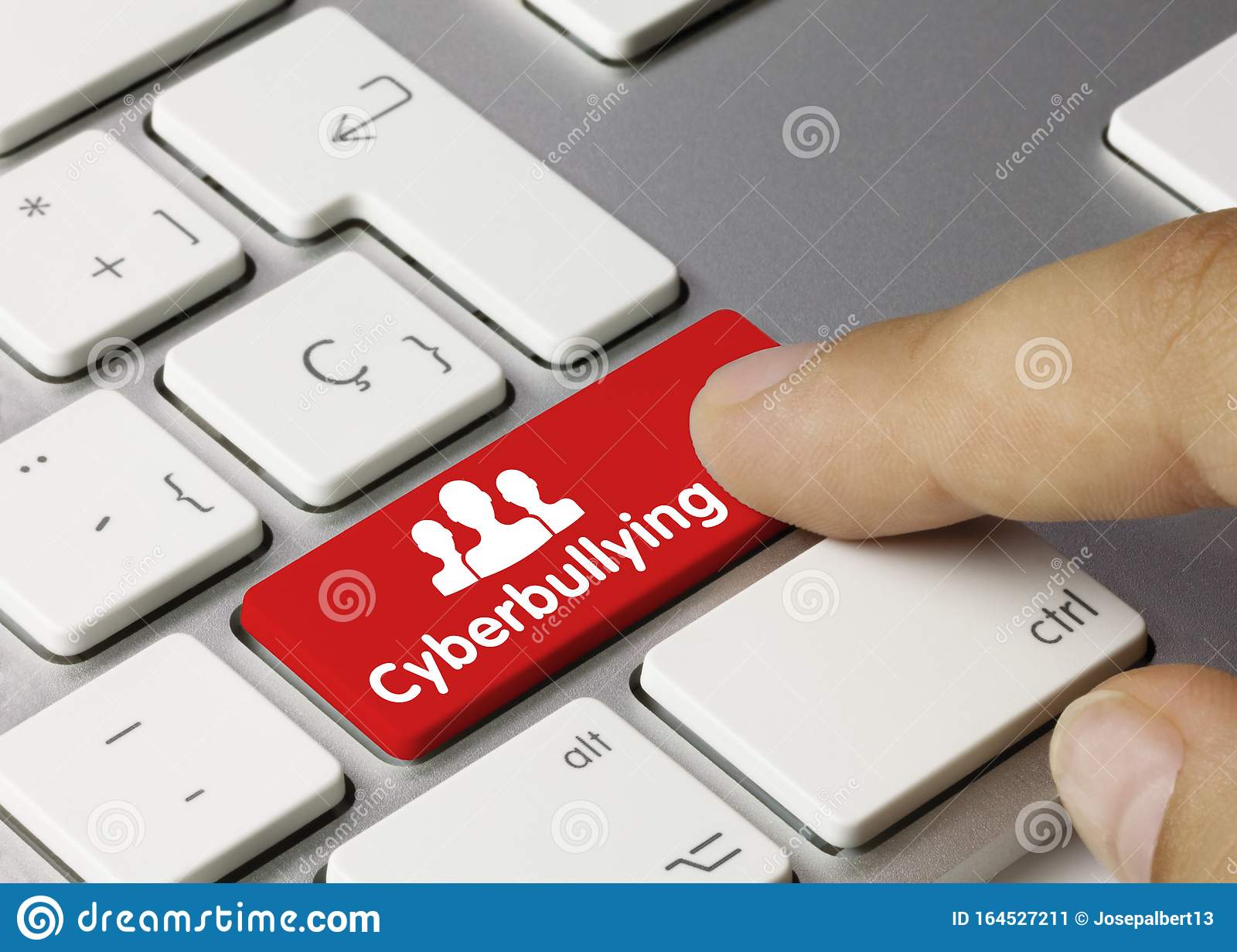Digital skills for adults - Course 1- English FF

What Is Cyberbullying?
Cyberbullying includes sending, posting, or sharing negative, harmful, false, or mean content about someone else. It can include sharing personal or private information about someone else causing embarrassment or humiliation. Some cyberbullying crosses the line into unlawful or criminal behavior.
Cyberbullying can harm the online reputations of everyone involved – not just the person being bullied, but those doing the bullying or participating in it.
Make the most of privacy settings
Investigate what measures you can take to keep content private on the websites you use. On Facebook and other social networking sites, you can adjust your settings so that only the people you select are able to see your personal information and posts. It is important to check these privacy settings frequently because sites sometimes change their policies.
Think before you post
Never forget that the internet is public. What you put out there can never be erased. If you wouldn’t say something in a room full of strangers, don’t say it via the internet. Even letting someone know sensitive or embarrassing information about you via email can have unforeseen consequences.
Keep personal information personal
Don’t reveal identifying details about yourself: address, phone number, school, credit card number, etc. Passwords exist for a reason; sharing them with friends is like passing out copies of your house key to friends and strangers alike. Also, make sure you’re using secure passwords.
Educate yourself
Reading this article is a good starting point. You can find more information on how to handle cyberbullying in our Webinar with the BCA or StopBullying.gov.
Educate others
Does your local school already have a policy against cyber-bullying? If you’re worried that your school administration isn’t doing enough to fight this problem, you could try speaking to school officials about your concerns and offering to help develop policies. If your school is already addressing the issue, see if you can help get the word out.
What is sexting?
Sexting means sending photos, videos, or messages with sexual content through the Internet. People do this for several reasons. For example, they might be trying to explore their identities or sexual orientation. It could just be erotic play with their partners or with different people at the same time. Between consenting adults, the private sharing of nude or suggestive photos (depicting adults) is generally not illegal. ... Sexting is the sharing of nude or sexually explicit messages or photos, usually by smartphone or some other electronic device or means. Finally, an adult who shares nude or sexual photos of another adult without his or her permission or who sends unwanted sexts to another person could be charged with harassment or sued in civil court for causing emotional distress or other damage. One common scenario is revenge porn—for example when an ex-boyfriend distributes private photos in an effort to get back at his ex-girlfriend.

Think about the consequences
Of taking, sending, or forwarding a sexual picture of someone underage, even if it’s of you. You could get kicked off of sports teams, face humiliation, lose educational opportunities, and even get in trouble with the law.
Never take
Images of yourself that you wouldn’t want everyone—your classmates, your teachers, your family, or your employers—to see.
Before hitting send
Remember that you cannot control where this image may travel. What you send to a boyfriend or girlfriend could easily end up with their friends, and their friends.
If you forward
A sexual picture of someone underage, you are as responsible for this image as the original sender. You could face child pornography charges, go to jail, and have to register as a sex offender.
Report
If you consider by this you protect someone, especially a child
Reporting abuse and safety resources
Facebook
Instagram
Kik
Snapchat
TikTok
Tumblr
Twitter
WeChat
WhatsApp
YouTube
THE GROOMING
Grooming is a subtle, gradual, and escalating process of building trust with children and adults to gain access to and time alone with the children. It is deliberate and purposeful.
TIPS FOR AVOIDING GROOMING
Ensure you talk with your children to make sure they understand why those age limits are in place. The companies behind these platforms have these limits in place to help protect young children from potential online dangers.
Find out what platforms your children use. If you know what platforms your children are accessing and using, then you can read into the age limits for these and also how safe they really are. Knowing this information can help you protect your child.
Install software/filters to stop your children from accessing inappropriate sites. There are many pieces of software that can allow you to block access to certain sites that you feel may be inappropriate for your children.
Make sure your children know they can always come to you with any issues. Ensuring your children know that you will help them with any issues they may have online can help prevent them from keeping any problems to themselves and enabling them to get worse.
Teach your children to be aware of strangers online and that if they don’t know someone who’s trying to talk to them the best thing to do is not reply and block them.
